Indicator plants are therefore useful for rapid decision-making and are a simple alternative to complex and long-term hydrological measurements and soil physical analyzes in agriculture, nature conservation, water management and landscape planning. They react to changes in the soil water balance much earlier than the soil type and the moisture characteristics in the soil.
The presence or absence, increase or decrease, disappearance or new appearance of indicator plants in a habitat can be recognized even without specialist botanical knowledge.
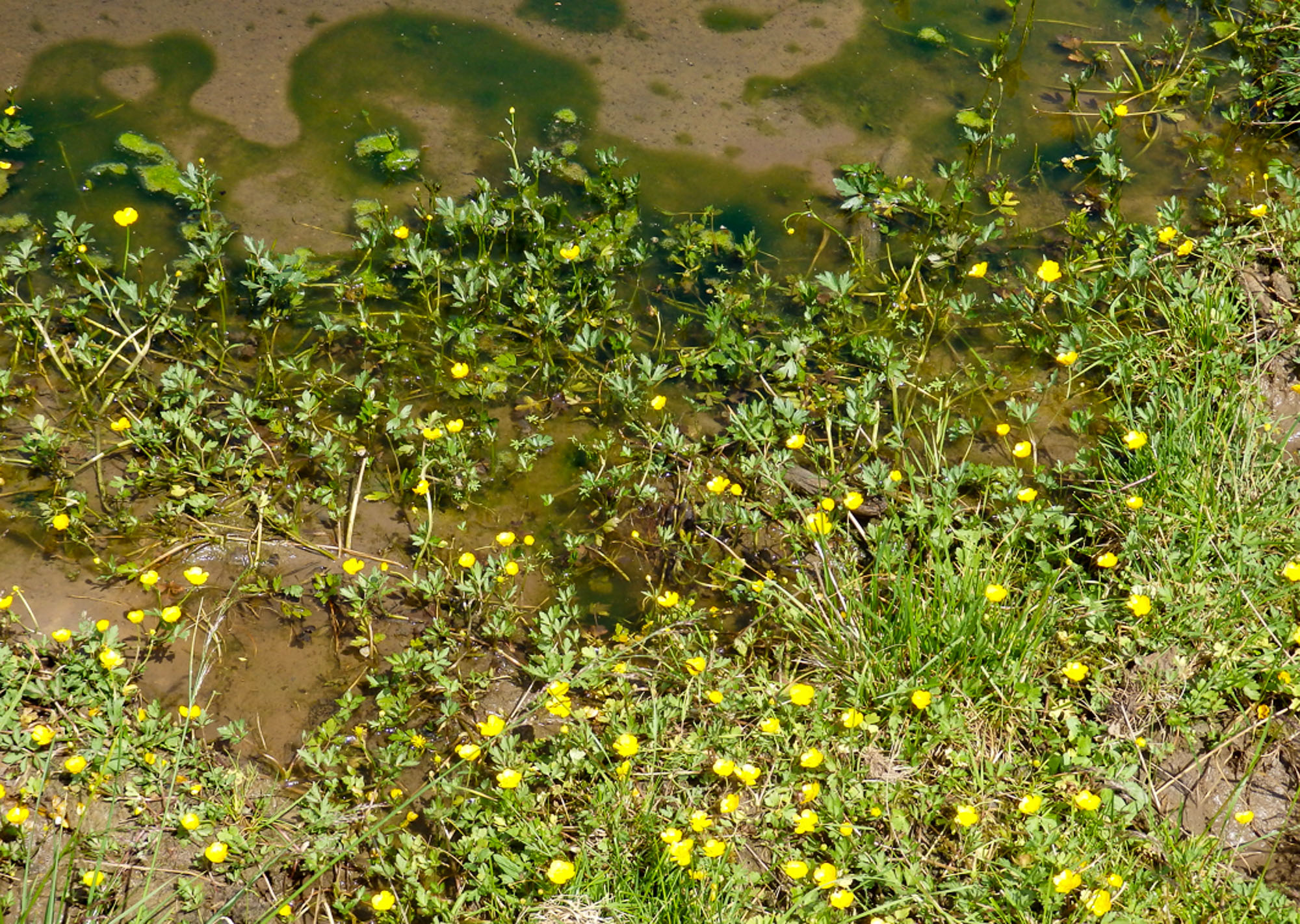
Using indicator plants, locations and habitats with a clear influence of groundwater, backwater, slope or flood water can be quickly and extensively identified.
the creeping buttercup (Ranunculus repens) indicates compacted, alternately moist (waterlogged) soil. It is a soil compaction and moisture change indicator. The location is crucial for the occurrence of individual plant species in the landscape (climate, soil, other plants, animals, people). Some species have a low ecological amplitude with regard to individual location factors (e.g. soil moisture, soil pH value) and they react extremely sensitively to these changes. These species (specialists) can therefore usually only colonize a specific habitat (e.g. calcareous springs). In contrast to the generalists, they are highly specialized in their location requirements and can therefore be used as bioindicators (indicator plants).
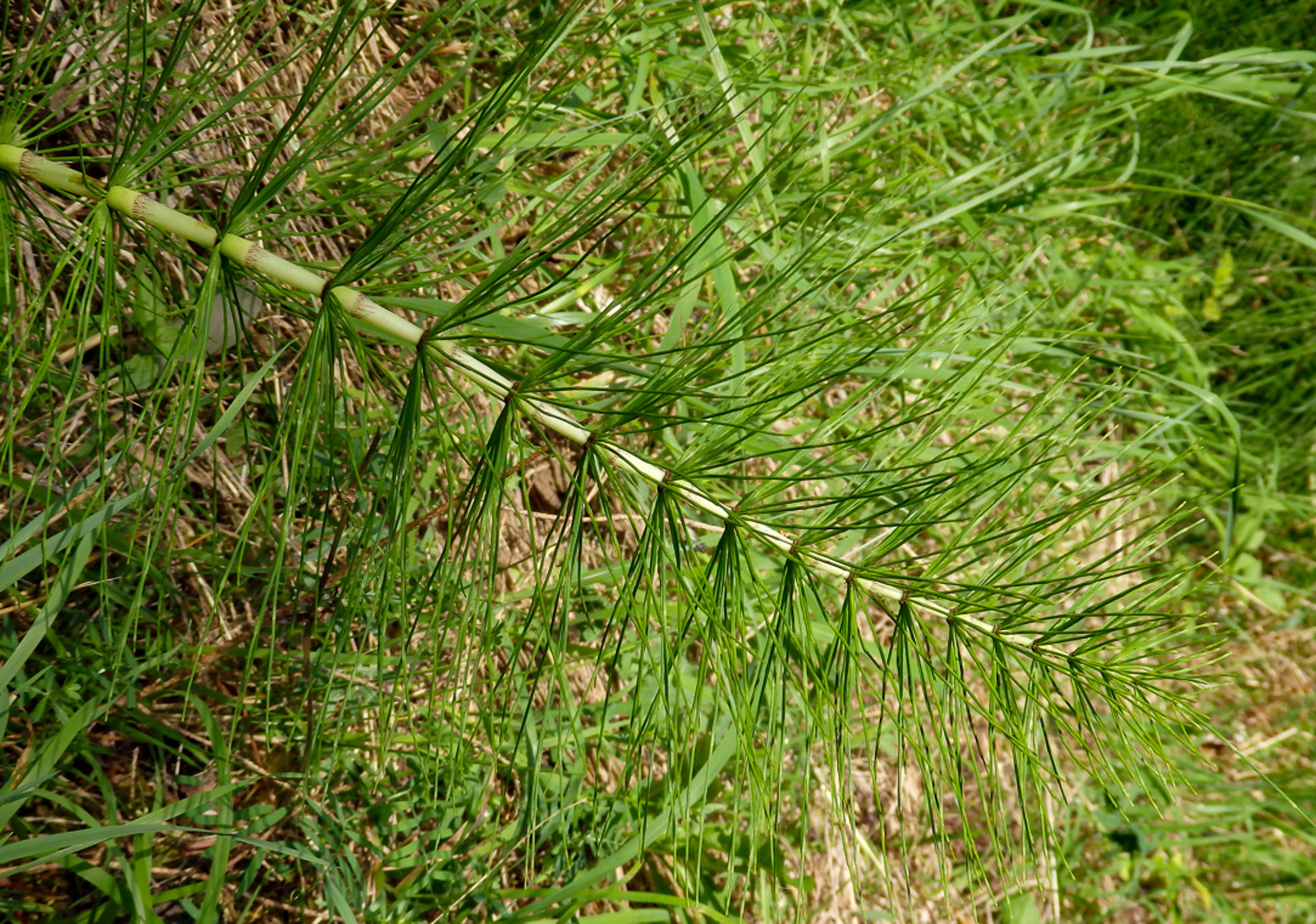
The giant horsetail (Equisetum telmateia) prefers to grow on carbonate-rich soils in limestone springs. It indicates calcareous spring water. The giant horsetail is a moisture and carbonate indicator.
Indicator plants are bioindicators ; the ecological condition of a habitat (e.g. degree of eutrophication of surface water) is determined quickly and over a large area:
- Assessment of certain site characteristics in a habitat (e.g. frequency and duration of flooding),
- Determination of small-scale location differences within a habitat,
- detect early location changes,
- Determination of the urgency and necessity of measures (e.g. cultural measures such as drainage),
- quick, easy monitoring of the success of implemented measures.
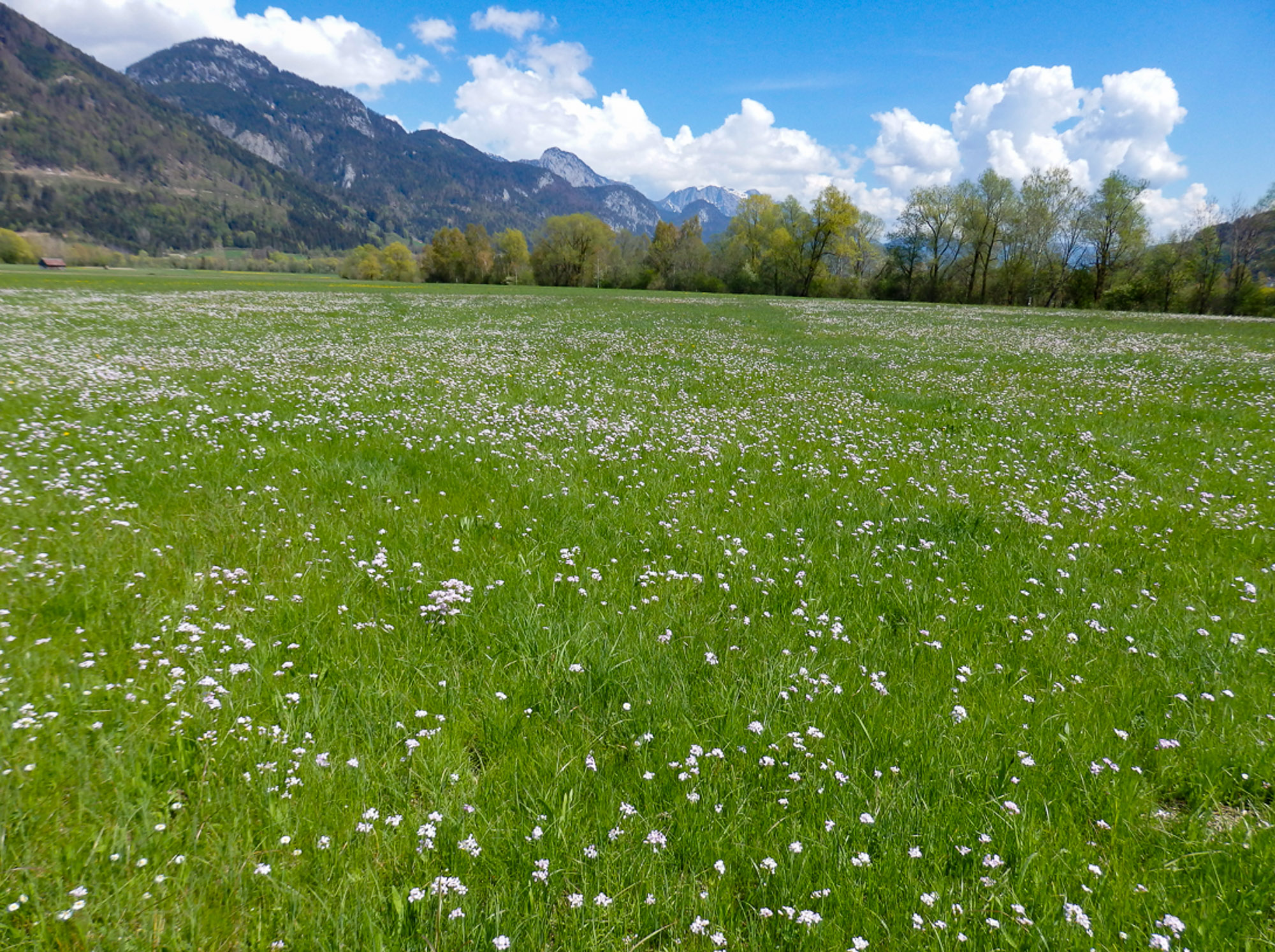
The common meadow foamweed (Cardamine pratensis) blooms in spring and, when present in large numbers, characterizes locations with variable wetness.
Conclusions about the site conditions are possible if one indicator species (e.g. knotweed) occurs strongly or several or many species with the same indicator value (e.g. moisture indicator) are possible.
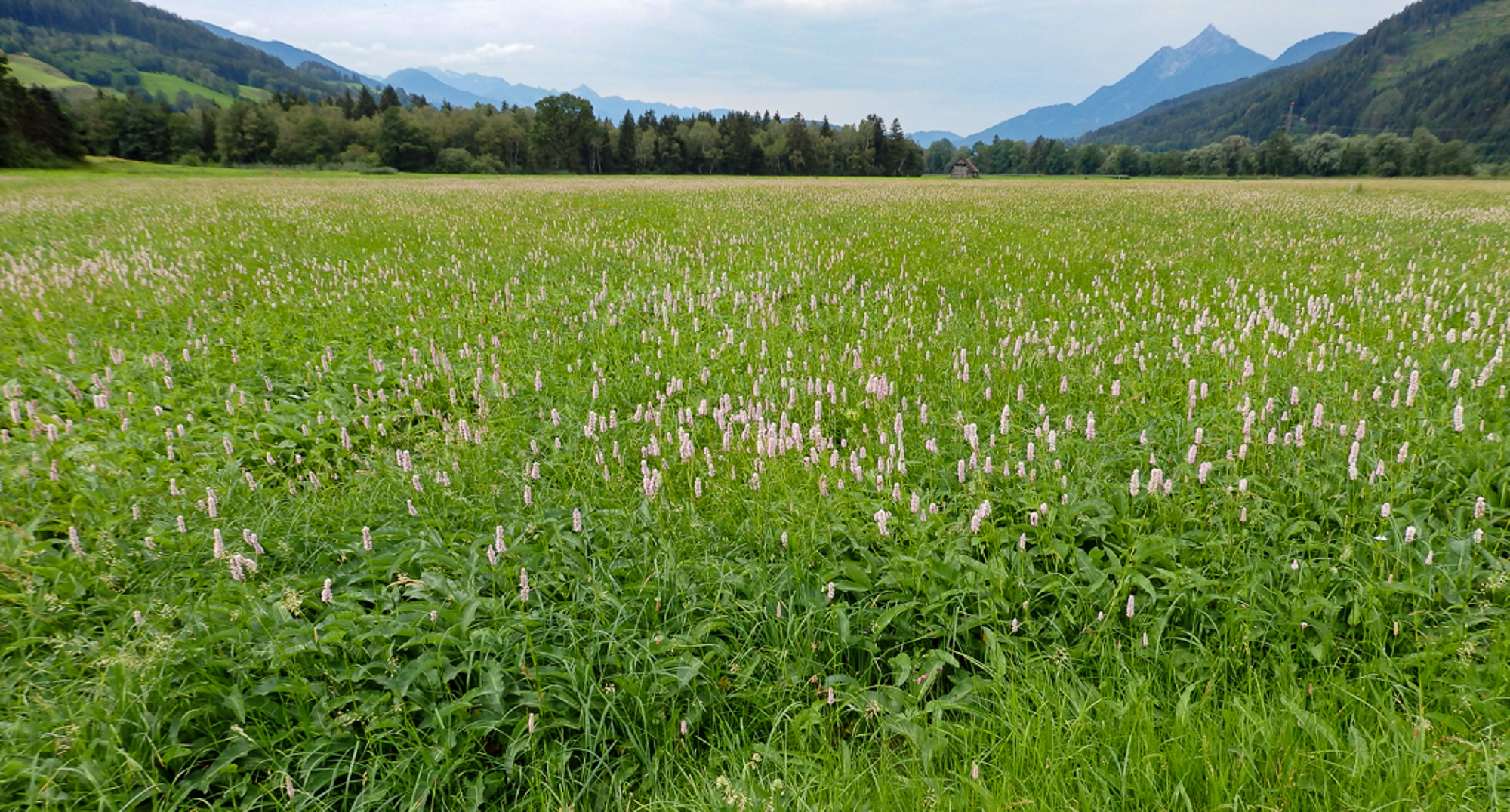
the snake knotweed (Persicaria bistorta) indicates a moist location and a cool climate. It is a coolness and humidity indicator.
There are indicator plants for various site properties (e.g. nutrient balance, soil water balance, heat balance, soil pH value, storage density in the soil).
However, the presence of a single indicator species with a small number of individuals (e.g. a single plant of the cuckoo carnation) does not provide any reliable information about the location.

The slender sedge (Carex acuta) forms species-poor dominant stands and characterizes moderately wet, periodically flooded locations. It is a wetness and flood indicator.
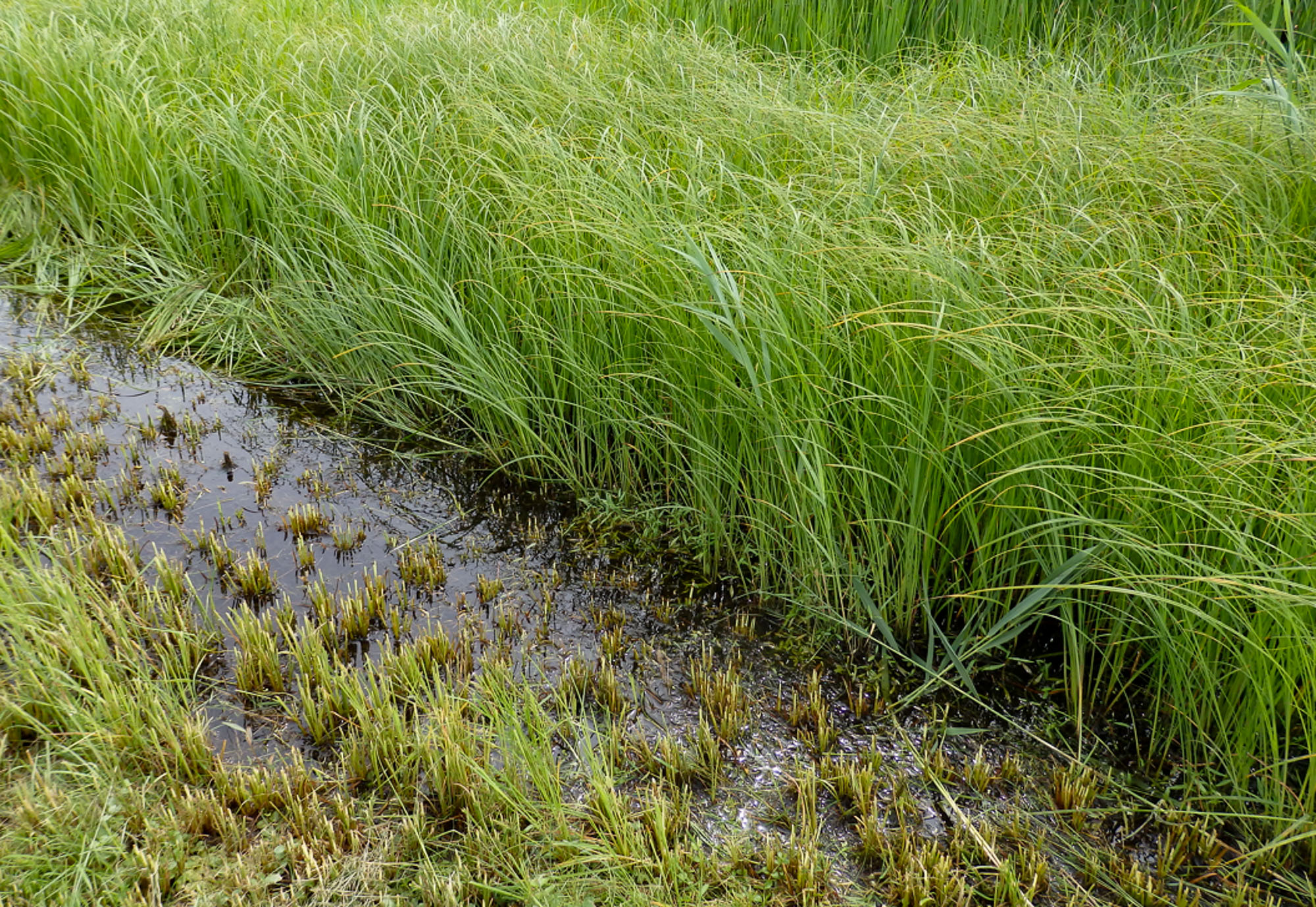
The slender sedge (Carex acuta) forms species-poor dominant stands and characterizes moderately wet, periodically flooded locations. It is a wetness and flood indicator.
Summary of indicator plants
Humidity indicators : Cabbage thistle (Cirsium oleraceum), felt thistle (Cirsium heterophyllum), swamp thistle (Cirsium palustre), snake knotweed (Persicaria bistorta), meadowsweet (Filipendula ulmaria), grove swamp forget-me-not (Myosotis nemorosa) , common comfrey (Symphytum officinale), fluttering ledge (Juncus effusus), gray ledge (Juncus inflexus)
Wetness indicators : reed (Phragmites australis), reed grass (Phalaris arundinacea), slender sedge (Carex acuta), common forest rush (Scirpus sylvaticus), marsh marigold (Caltha palustris), water ragwort (Senecio aquaticus), crown lettuce (Willemetia stipitata) , Common Loosestrife (Lythrum salicaria), Brook Lavender (Geum rivale), Marsh Horsetail (Equisetum palustre)
Flood indicators : Common foxtail (Alopecurus geniculatus), creeping bentgrass (Agrostis stolonifera), common couch grass (Elymus repens), folding windrow grass (Glyceria notata)
Alternating moisture and alternating dryness indicators : clump of turf (Deschampsia cespitosa), tall fescue (Festuca arundinacea), hare sedge (Carex leporina), blue sedge (Carex flacca), common meadow foamweed (Cardamine pratensis), autumn crocus (Colchicum autumnale ), common bedstraw (Galium verum), common ground squirrel (Betonica officinalis)











